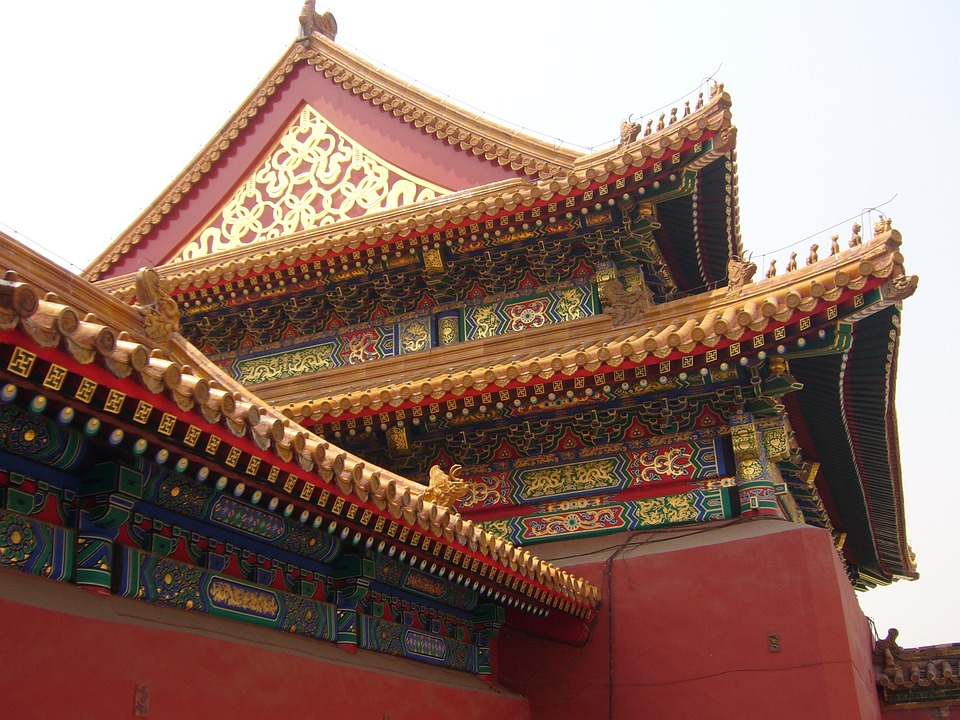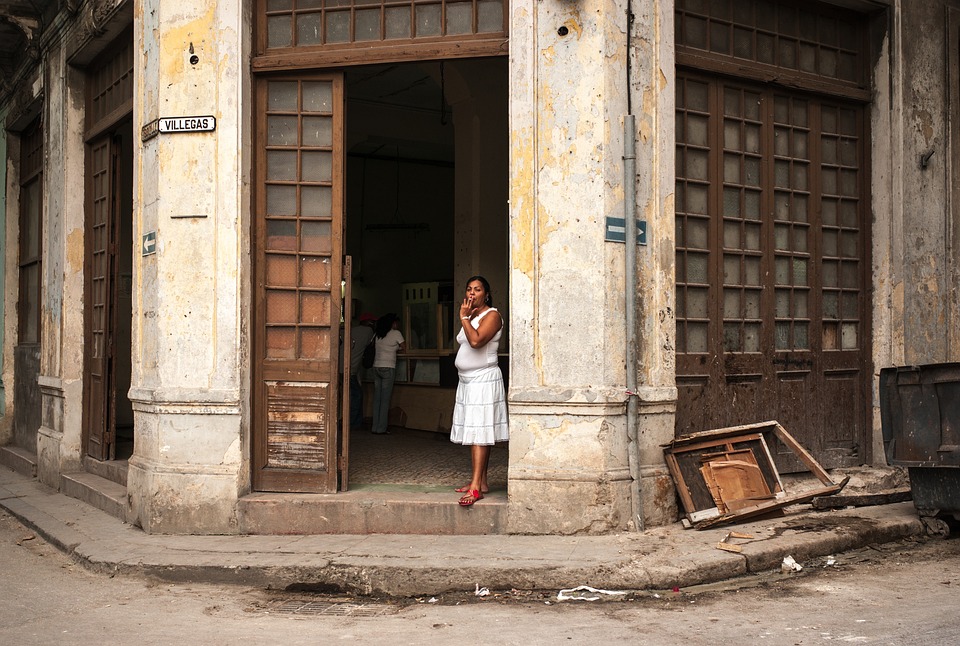Title: The Forbidden City: China’s Iconic Architectural Marvel
Image: [A stunning four-panel collage showcasing the Forbidden City’s grandeur — the Meridian Gate, the Hall of Supreme Harmony, the Imperial Garden, and the Jingshan Hill.]
Introduction
The Forbidden City, or Gugong in Mandarin, is a sprawling palace complex occupying a vast 180-acre parcel in China’s capital, Beijing. It has served as the ceremonial and political heart of China for over 500 years, making it an enduring symbol of China’s dynastic history. With its rich tradition and exquisite artistry, this majestic city serves as a testament to the superior skills and imagination of China’s ancient architects.
A Wealth of History
Built between 1406 to 1420 during the reign of the Ming Dynasty, the Forbidden City was designed to house the emperor and his family, as well as their servants and government staff. The complex consists of 980 surviving buildings covering 180 acres, surrounded by a distinctive moat and an encircling wall measuring 6.6 million square feet. The construction process employed some of China’s most famous masons, carpenters, and other artisans, who utilized traditional methods and materials like wood and bricks.
The Layout and Structure
The city’s layout is based on the traditional Chinese cosmology, rooted in the belief that human existence is harmoniously intertwined with natural and supernatural forces. Divided into two parts – the Inner Court and the Outer Court – the Forbidden City exhibits an intricate hierarchical layout that embodies the Emperor’s absolute power and supreme status.
The Outer Court, located at the southern part of the complex, hosts the three* Meridian Halls: the Hall of Supreme Harmony, the Hall of Central Harmony, and the Hall of Preserved Harmony. In contrast, the Outer Court was the emperor’s center for ceremonies, while the Inner Court at the north is deeply connected with the emperor’s daily life and domestic ceremonies.
Art and Architecture
It is the grandiose architecture and exceptional artistry that make the Forbidden City a masterpiece of Chinese architecture. The iconic yellow-glazed tiles that adorn the roofs signify the emperor’s exalted status. The carved exterior decorations of mythical beasts, dragons, and phoenixes further accentuate the powerful symbolism of the Forbidden City.
Interestingly, traditional Chinese architecture relies on the principle of “book and pavilion,” which refers to the arrangement of the buildings. The colossal halls serve as “books” that poetically narrate the history and ideologies of the Ming and Qing dynasties.
The Imperial Garden features a serene lake with pavilions, ornamental rocks, and exotic flowerbeds that illustrate the emperor’s idea of a perfect garden. The garden’s design fully utilizes the terrain and vegetation to reflect the ideal qualities of China’s traditional landscape gardens.
FAQs
Q: What is the significance of the Forbidden City?
A: Originally built as a display of Imperial power and glory, the Forbidden City has now become a UNESCO World Heritage Site and a symbol of China’s rich cultural history.
Q: What is the Forbidden City’s architectural style?
A: The Forbidden City’s architecture blends traditional wooden architecture and symbolism, reflecting Marco Polo’s intertwining of Chinese and Islamic elements.
Q: What other famous landmarks can be found in the Forbidden City?
A: Among the hundreds of ancient buildings, some of the notable ones include the Hall of Supreme Harmony, Imperial Garden, and the Jingshan Hill.
Q: Why is the color yellow prominent in the Forbidden City architecture?
A: The use of yellow for the roof tiles and glazes symbolized the Emperor’s superior status and was a color reserved exclusively for him.
Q: What is the significance of dragon carvings in the Forbidden City?
A: Dragons are a symbol of imperial power in Chinese culture. The presence of dragon carvings on the Forbidden City’s roofs and beams signified the emperor’s supreme authority and divine right to rule.
In conclusion, the Forbidden City is not only a magnificent architectural marvel but also a sprawling outdoor museum that narrates the captivating stories of China’s imperial past. It stands tall and majestic, encapsulating the grandeur and magnificence of China’s dynastic history and the creative genius of the Ming and Qing artisans.



